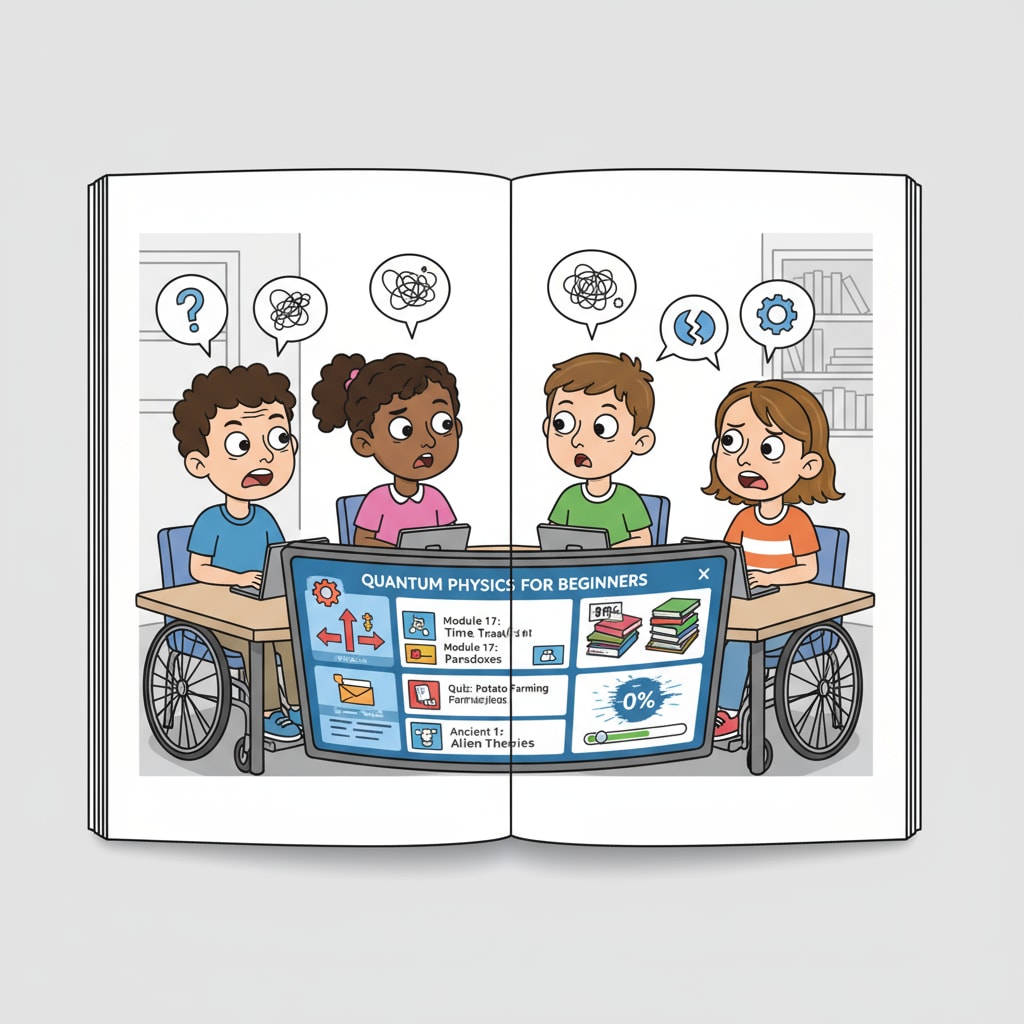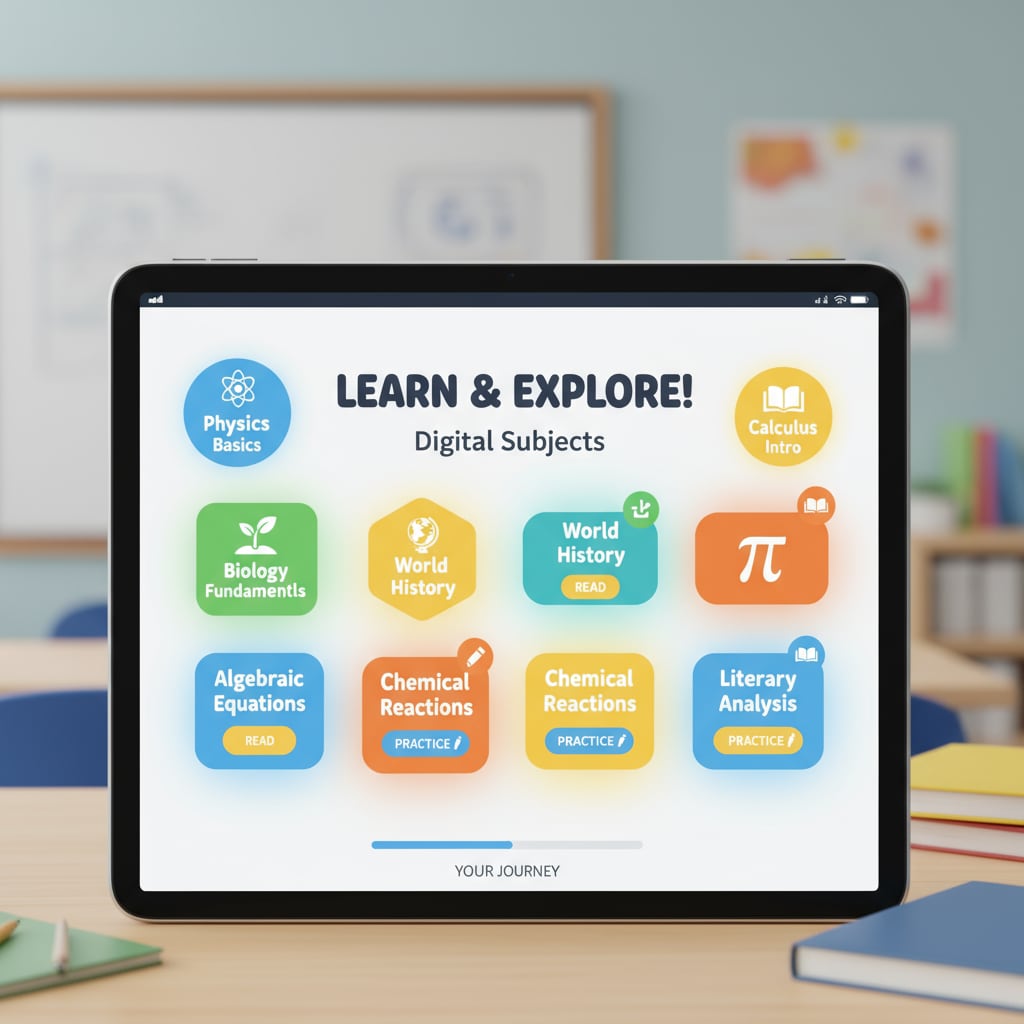Digital learning, insufficient learning resources, and parents’ troubles have become prominent issues in the current K12 education landscape. In recent years, digital learning platforms have emerged as popular tools for K12 education, promising convenient access to educational content. However, a significant problem has surfaced: these platforms often lack systematic content and sufficient practice materials.

This deficiency not only affects students’ learning but also places a heavy burden on parents.
The Problem of Systemic Content Shortage
One of the major drawbacks of K12 digital learning platforms is the lack of systematic content. Many platforms offer a hodgepodge of materials, without a well-structured curriculum. For example, in some math courses, the lessons may jump from basic arithmetic to advanced algebra without proper progression. This lack of system makes it difficult for students to build a solid foundation. According to Wikipedia’s Education page, a systematic curriculum is crucial for effective learning. Without it, students may struggle to understand complex concepts and may become discouraged.

Insufficient Practice Materials
In addition to the lack of systematic content, digital learning platforms often suffer from a shortage of practice materials. Practice is essential for students to master knowledge and skills. However, many platforms provide only a limited number of exercises, which is far from enough for students to fully grasp the concepts. For instance, in language arts courses, there may be only a few grammar exercises, leaving students without adequate opportunities to practice writing and comprehension. As stated on Britannica’s Education topic page, sufficient practice is key to improving students’ performance. The scarcity of practice materials on digital platforms thus becomes a significant hurdle for students’ learning.
The consequences of these problems are profound. Parents, who often take on the role of overseeing their children’s learning, are now faced with increased difficulties. They find it hard to fill in the gaps left by the platforms, as they may not have the expertise or time to create a comprehensive learning plan. This situation has led to a lot of stress and frustration among parents.
Readability guidance: The problems of systemic content shortage and insufficient practice materials in K12 digital learning platforms are clear. We’ve seen how these issues impact students and burden parents. In the following sections, we’ll explore potential solutions to address these concerns and improve the digital learning experience.


